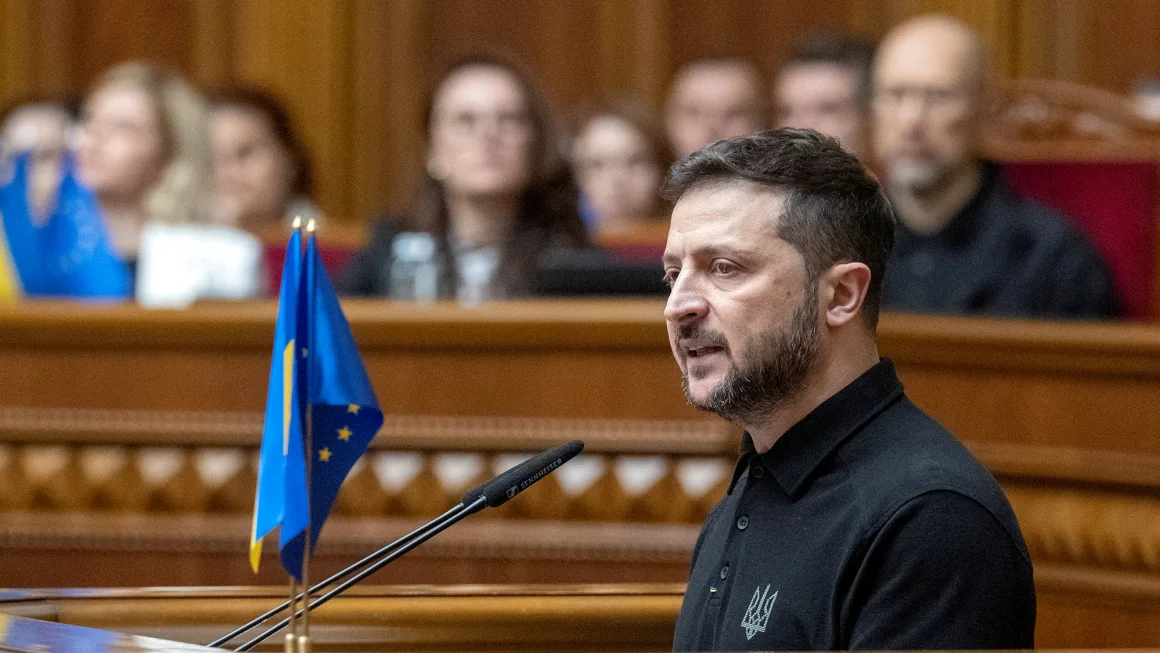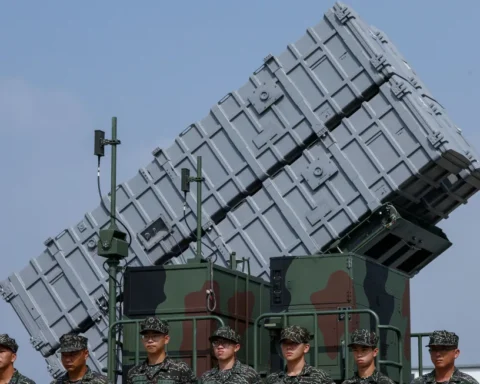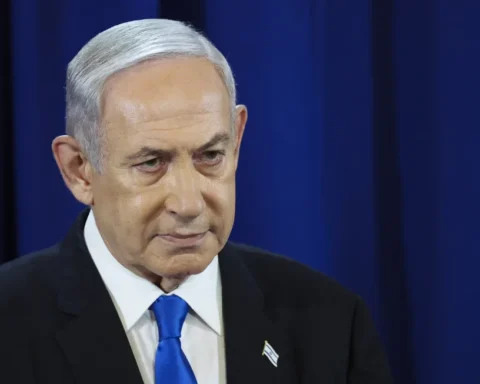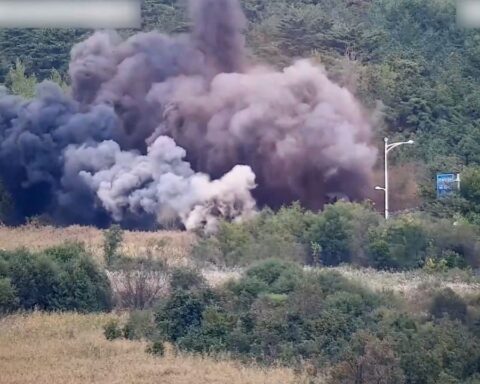Volodymyr Zelensky, the President of Ukraine, introduced his much-awaited “Victory Plan” on Wednesday, outlining a path toward ending the conflict with Russia. The presentation to the Ukrainian parliament came shortly after Zelensky’s European tour, where he sought additional support but received no new commitments from allies.
The plan aims to bolster Ukraine’s standing in preparation for future peace talks with Russia. While the primary focus lies in strengthening defense and gaining NATO membership, the proposal also hints at economic growth and non-nuclear deterrence measures. “If we start implementing this Victory Plan now, we may be able to end the war no later than next year,” Zelensky told parliament, signaling hope for both Ukraine and its international supporters.
NATO Membership and Strengthened Defense
At the core of Zelensky’s Victory Plan is Ukraine’s ambition to join the North Atlantic Treaty Organization (NATO). Although the allies have expressed support for Ukraine’s eventual integration, no invitation has been extended while the war continues. Zelensky first introduced the plan to U.S. President Joe Biden during a visit to Washington, where the U.S. pledged $375 million in aid but refrained from meeting Ukraine’s demand to expand attacks deeper into Russian territory.
“We have to support Ukraine on its path to membership to both the EU and to NATO,” Biden emphasized, reaffirming the U.S. commitment to supporting Ukraine’s reforms against corruption. Yet, European allies remain hesitant to endorse Ukraine’s full membership or expand involvement in active conflict.
Strategic Deterrence and Military Cooperation
One of the most ambitious elements of Zelensky’s plan is the establishment of a non-nuclear strategic deterrence package to protect Ukraine from Russian aggression. While Zelensky provided limited details, he insisted that a robust deterrence strategy could either compel Russia to engage in honest diplomacy or guarantee its defeat. “A strong deterrent will force Russia to join an honest diplomatic process to bring the war to a just end,” he stated.
Additionally, the plan includes cooperation with neighboring countries to intercept Russian missiles and drones, an idea NATO dismissed earlier this year. Zelensky’s push for joint defense operations, especially for partners to ease restrictions on long-range missiles, reflects the urgency of Ukraine’s preparations for winter and Russian energy attacks.
Economic Growth and Post-War Vision
Beyond military strategies, Zelensky’s Victory Plan outlines a vision for post-war economic growth. He aims to rebuild Ukraine’s economy while leveraging the strength of Ukraine’s military to support European defense. Zelensky also suggested that Ukraine’s military experience could fill gaps in Europe, potentially reducing reliance on U.S. forces in the region.
Ukraine’s operations in Russia’s Kursk region are identified as critical bargaining chips. However, Zelensky reiterated his refusal to negotiate at the expense of Ukrainian sovereignty. “We hear the word ‘negotiations’ from our partners, and the word ‘justice’ much less frequently,” he remarked. “Ukrainians deserve a decent peace.”
Challenges from Russia and Allies
The plan faces skepticism from Ukraine’s partners and criticism from Russia. Kremlin spokesperson Dmitry Peskov dismissed it, arguing that Kyiv needs to “sober up” and abandon its current strategy. Zelensky remains determined, insisting, “Ukraine will not accept a freeze or concessions trading Ukraine’s territory or sovereignty.”
Zelensky’s Victory Plan is a strategic roadmap to end the war and secure lasting peace. Despite facing challenges from both allies and adversaries, the Ukrainian leader remains committed to defending his nation and pursuing diplomacy on just terms. With hopes for a swift resolution, Ukraine continues to seek international support while preparing for the road ahead.







